Nymphenburg Palace and Park
Introduction
Text-to-speech Audio
Nymphenburg Palace, or Schloss Nymphenburg, is a Baroque palace located in Munich's western district. The palace was commissioned to be built by Bavarian Elector Ferdinand Maria and his wife Henriette Adelaide of Savoy in 1664 after their son, and heir to the throne, Max Emanuel was born. The palace grounds are an English style landscaped park that consist of approximately 444,000 acres of land. Within the park you will find lakes, canals, and several pavilions, or "palaces en miniature."
Images
Nymphenburg Palace
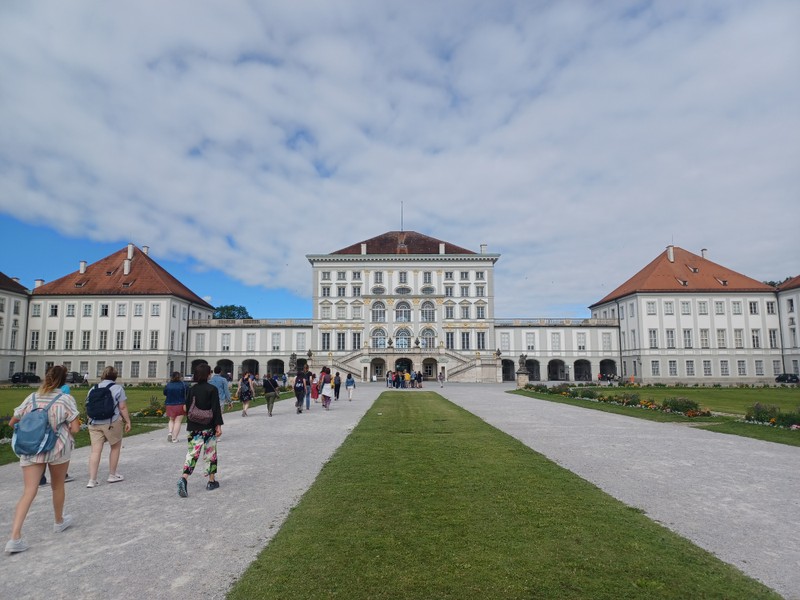
Outdoor sculpture
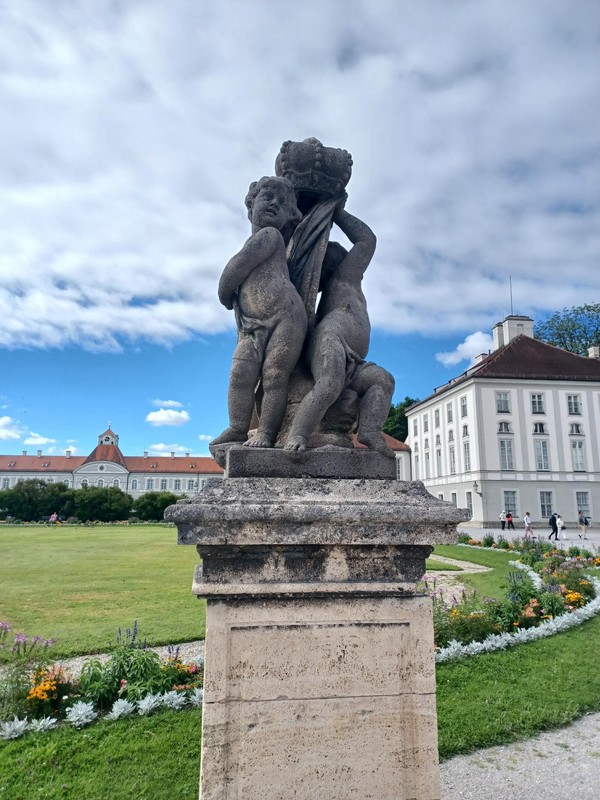
Ballroom Ceiling
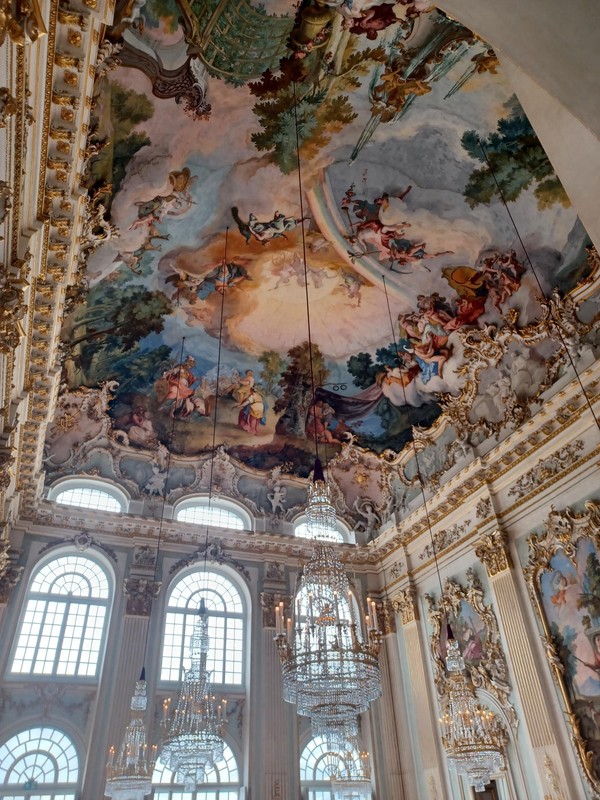
Ballroom 2
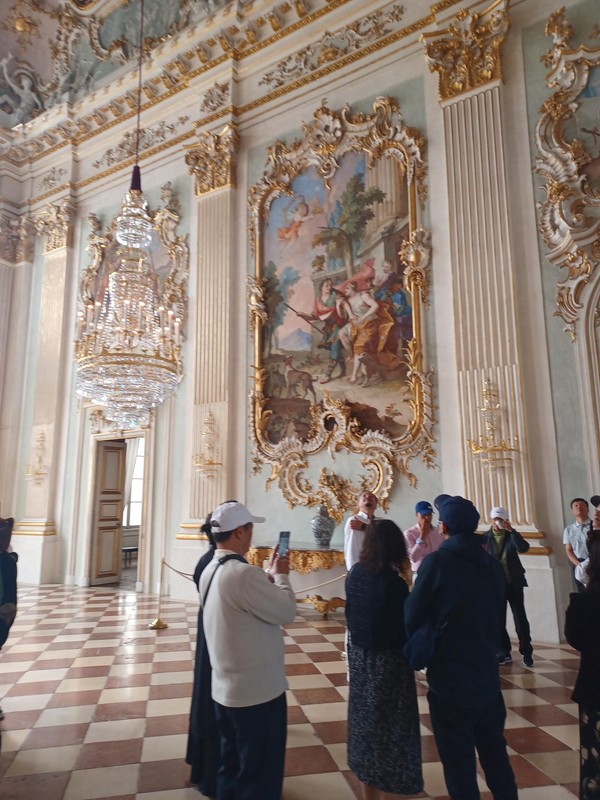
Gallery of Beauties, commissioned by King Ludwig I, a series of portraits consisting of 36 beautiful women of varying social classes, ranging from the daughter of a shoemaker to the daughter of a king.
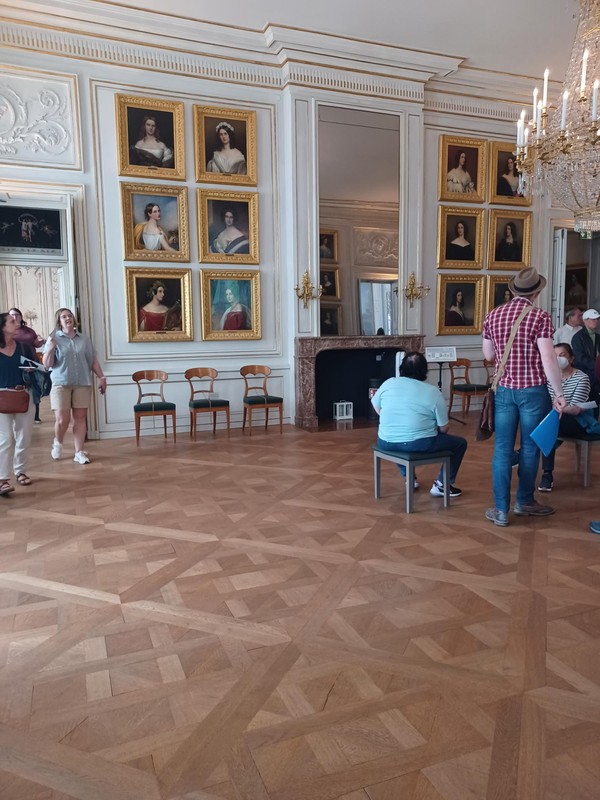
Gallery of Beauties: (Left) Jane Elizabeth Digby(1807–1881) (Right) Irene von Pallavicini (1811–1877)
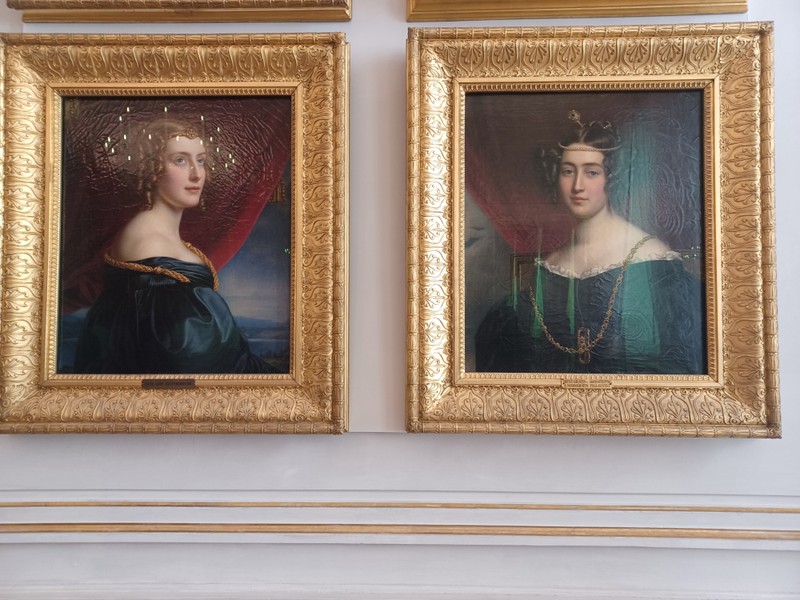
Exterior back of palace
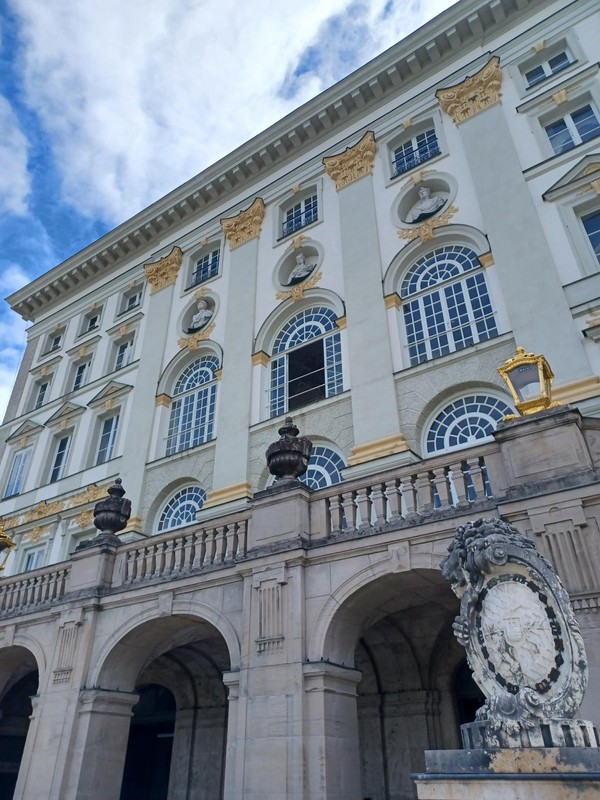
Palace Gardens
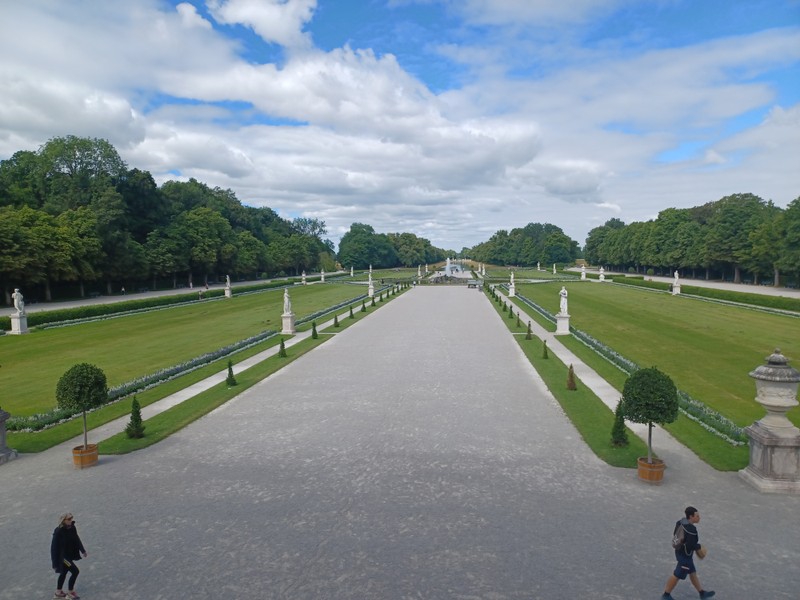
Amalienburg; One of the park pavilions
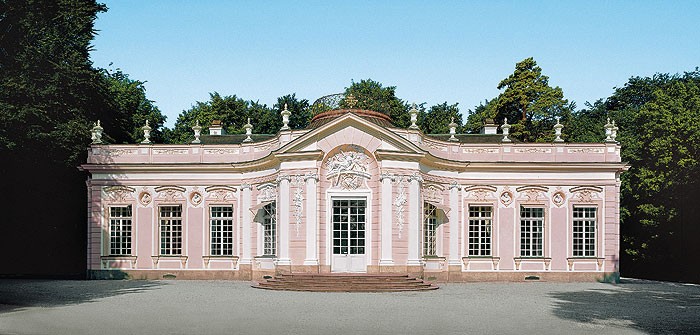
Hall of Mirrors within Amalienburg
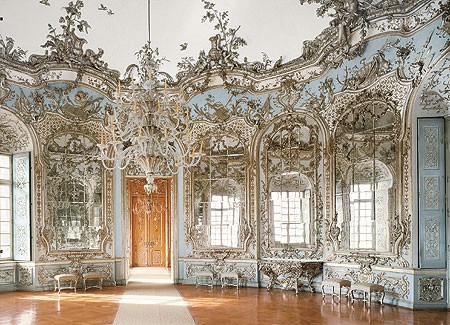
Fountain at the park
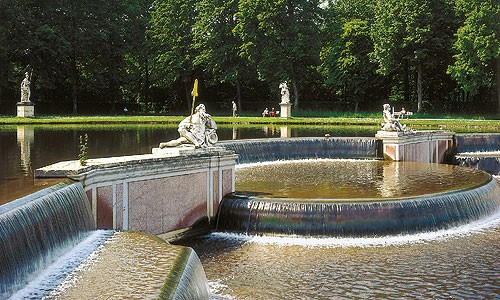
Park grounds
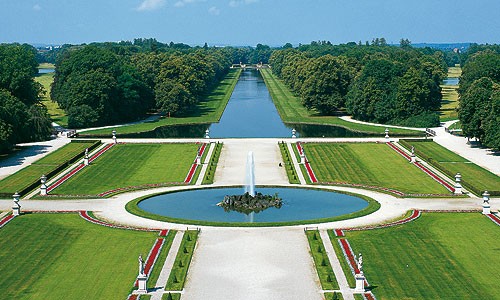
State coach
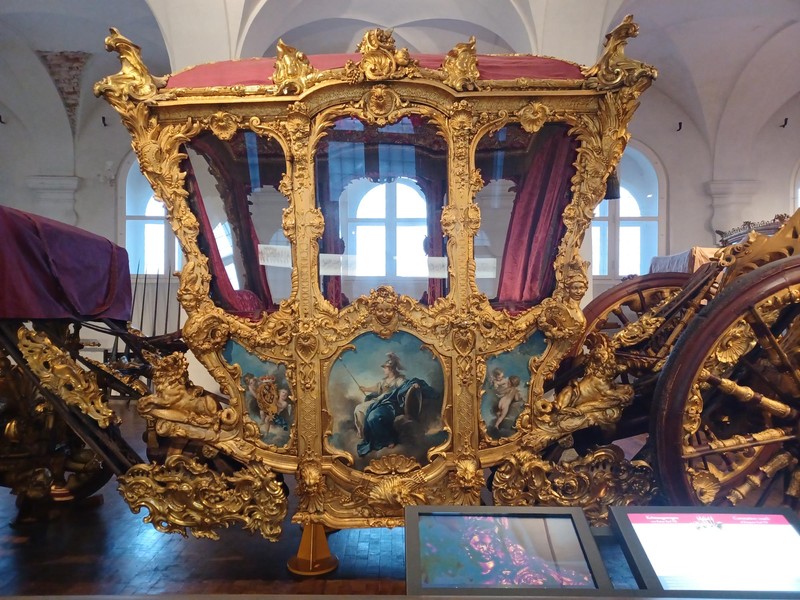
Backstory and Context
Text-to-speech Audio
Nymphenburg Palace is an exquisite example of European art and architecture that wows viewers inside and out. The palace and park sit on over 444,000 acres of land that was once an extremely popular summer residence amongst Bavarian rulers.
The original architect, Agostino Barelli, was commissioned by Bavarian Elector Ferdinand Maria in 1664 to create Nymphenburg as a gift to his wife Henriette Adelaide of Savoy following the birth of their son Max Emanuel. Barelli built the palace according to Italian models, this included a cubic pavilion with a few outbuildings and a small walled garden laid out in geometric shapes. It wasn't until 1701 that Elector Max Emanuel had the complex extended into the palace we see today.
Because Nymphenburg was such a popular palace among rulers from the Wittelsbach dynasty, the interior decoration of the main palace represents a variety of styles that range from Baroque to Rococo to Neoclassicism.
The gardens at Nymphenburg were originally laid out by French designers modeled on the park at Versailles. At the beginning of the 19th century the gardens were redesigned and are now considered one of the most outstanding examples of English landscaping created by garden architect Friedrich Ludwig von Sckell.
Today Nymphenburg is a open to the public as museum that gives visitors a peek into the life of royalty, however, what began with the birth of an heir to the throne in 1664, still houses Bavarian sovereignty today as it continues to be a home for the current head of the House of Wittelsbach dynasty, Franz, Duke of Bavaria.
Cite This Entry
Jaime Renville. "Nymphenburg Palace and Park." Clio: Your Guide to History. July 17, 2022. Accessed April 16, 2025. https://theclio.com/entry/154413
Sources
Nymphenburg Visitor Pamphlet. Accessed July 17th 2022.
Schlossanlage Nymphenburg. Accessed July 17th 2022. https://www.schloss-nymphenburg.de/index.htm.
Wikipedia. Accessed July 17th 2022. https://en.wikipedia.org/wiki/Nymphenburg_Palace.
Photo by: Jaime Renville
Photo by: Jaime Renville
Photo by: Jaime Renville
Photo by: Jaime Renville
Photo by: Jaime Renville
Photo by: Jaime Renville
Photo by: Jaime Renville
Photo Credit: Bavarian Palace Administration, Munich City Museum. https://www.schloss-nymphenburg.de/deutsch/p-burgen/amalien.htm. accessed 7/17/22
Photo Credit: Bavarian Palace Administration, Munich City Museum. https://www.schloss-nymphenburg.de/deutsch/p-burgen/amalien.htm. accessed 7/17/22
Photo Credit: Bavarian Palace Administration, Munich City Museum. https://www.schloss-nymphenburg.de/deutsch/p-burgen/amalien.htm. accessed 7/17/22
Photo Credit: Bavarian Palace Administration, Munich City Museum. https://www.schloss-nymphenburg.de/deutsch/p-burgen/amalien.htm. accessed 7/17/22
Photo by: Jaime Renville

